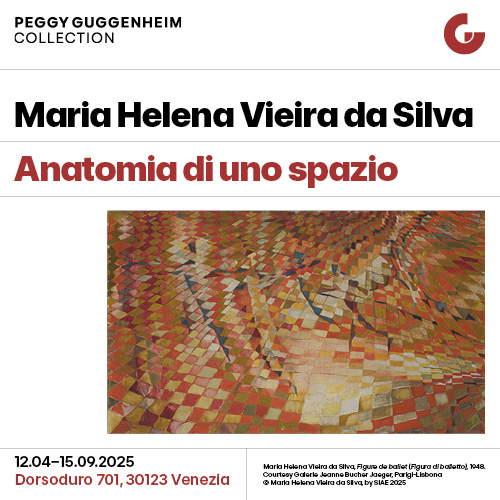2,200-year-old pyramid discovered in Judean desert
A structure more than 2,200 years old was recently discovered in the Judean desert. It is a pyramidal structure that archaeologists believe was built during the period of Ptolemy and Seleucid rule. The discovery, which has attracted the attention of experts and historians from around the world, is located north of Nahal Zohar in Istrael and was unearthed thanks to an excavation conducted by the Israel Antiquities Authority (IAA) in cooperation with the Ministry of Cultural Heritage and with the help of numerous volunteers from different parts of Israel.
The pyramid, which sits on top of a post station of the time, is just one of the many surprising finds unearthed during the excavations. Finds also include documents written on papyrus in Greek, bronze coins issued under the reigns of the Ptolemies and Antiochus IV, weapons, wooden utensils and textiles such as The finds thus offer a record of the daily life and cultural practices of the time, as well as an important key to understanding the management of territories by Hellenistic rulers in a strategic region such as Judea.
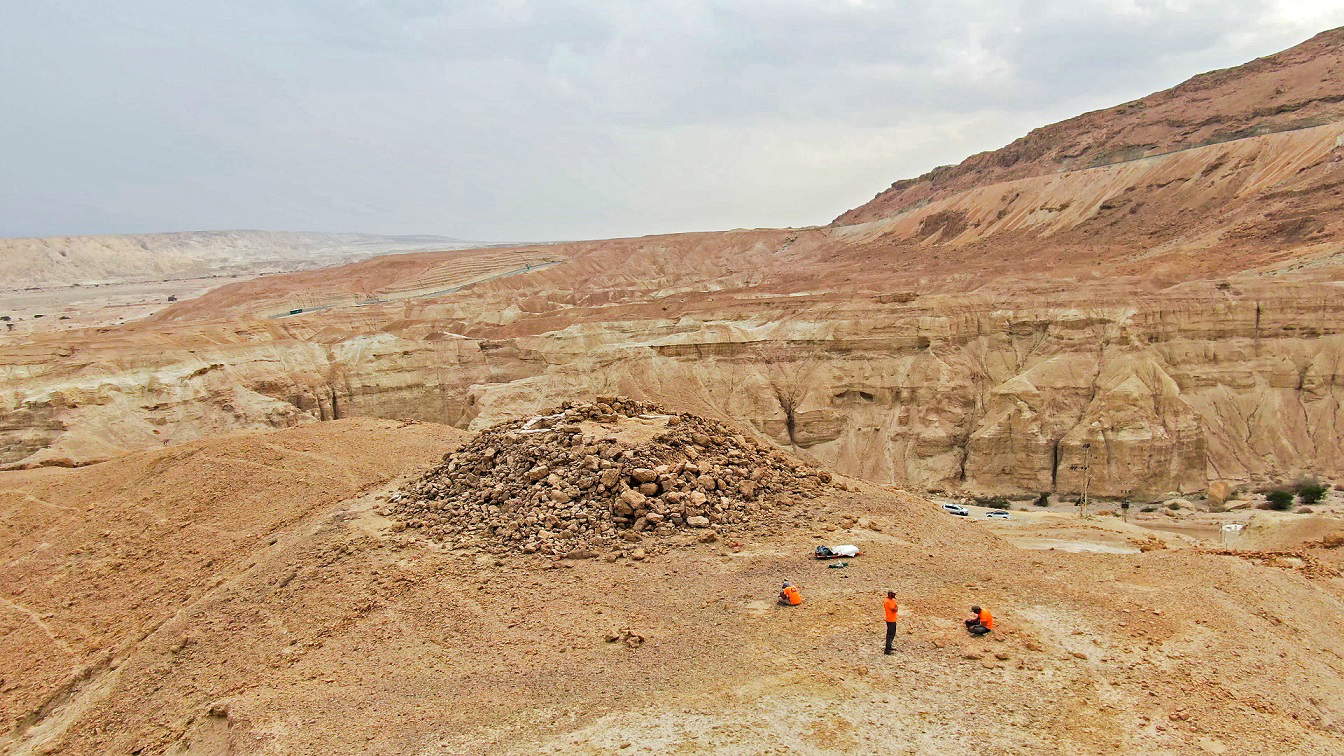
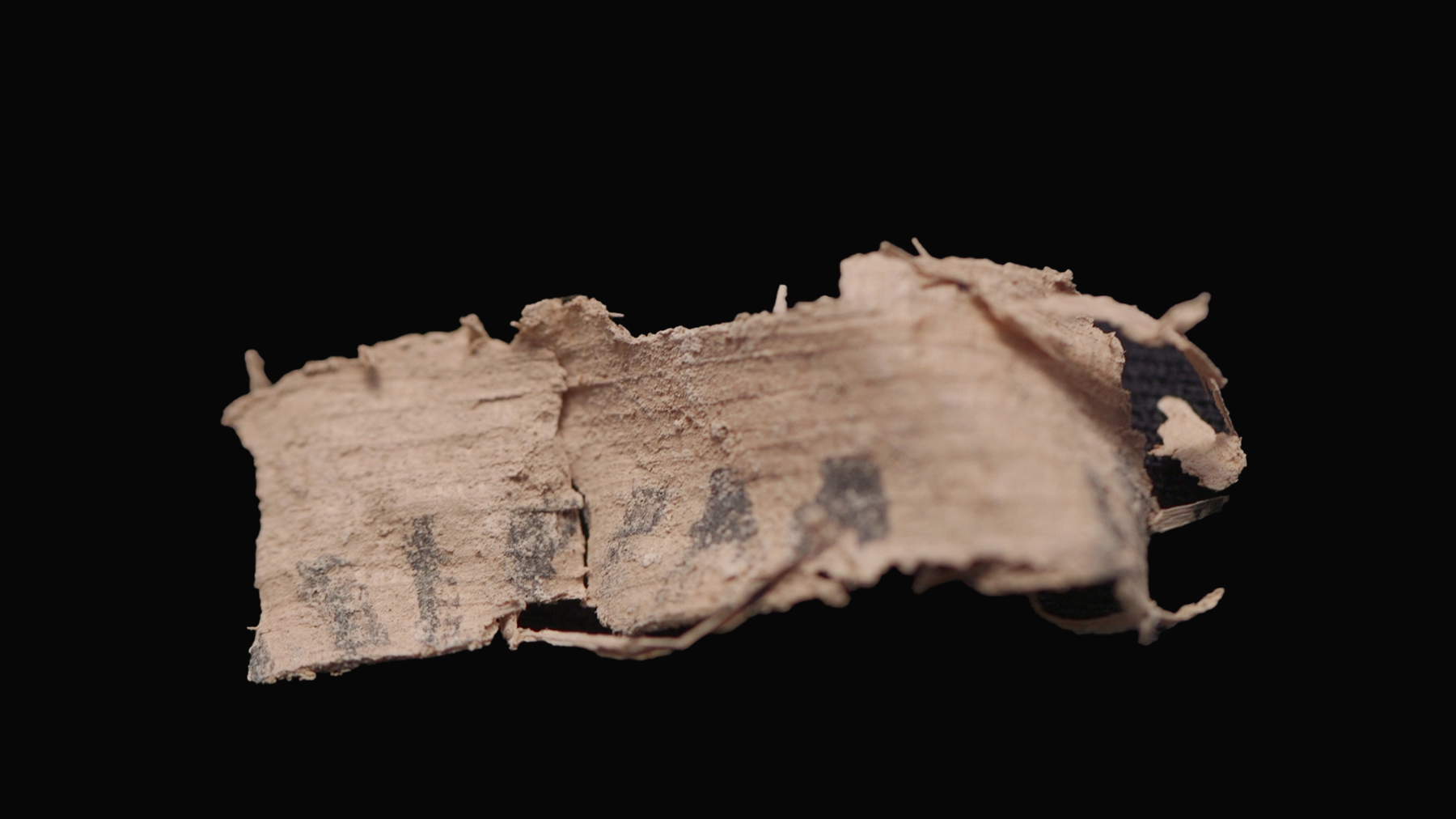
The discovery is but the latest chapter in a larger series of archaeological investigations in the Judean Desert that the Israel Antiquities Authority has been conducting for about eight years. The project, whose main objective is to recover and protect artifacts threatened by theft and illicit excavation, was initiated following numerous incidents of looting in the region. Funded by the Ministry of Cultural Heritage, the Department of Archaeology of the Civil Administration of Judea and Samaria and the Israel Antiquities Authority, the project covers an area of about 180 kilometers of cliffs in the heart of the desert.
One of the main forces in the field is the Robbery Prevention Unit, a team that specializes in protecting archaeological sites from theft and vandalism. Thanks to the tireless work of this unit, some 900 caves that have been used as hiding places by thieves and looters over the centuries have been identified and documented. The unit has also collaborated with archaeological experts to map and catalog the most relevant and endangered sites, thus succeeding in preserving a key part of Judea’s historical heritage. The Judean Desert has always been of great strategic importance. This territory, which has seen the settlement of various civilizations over the centuries, has witnessed crucial events in human history. The discovery of such an impressive structure as the pyramid and objects related to the daily life of the Ptolemies and Seleucids also sheds new light on the political and cultural dynamics that shaped Israel’s history during the Hellenistic era.
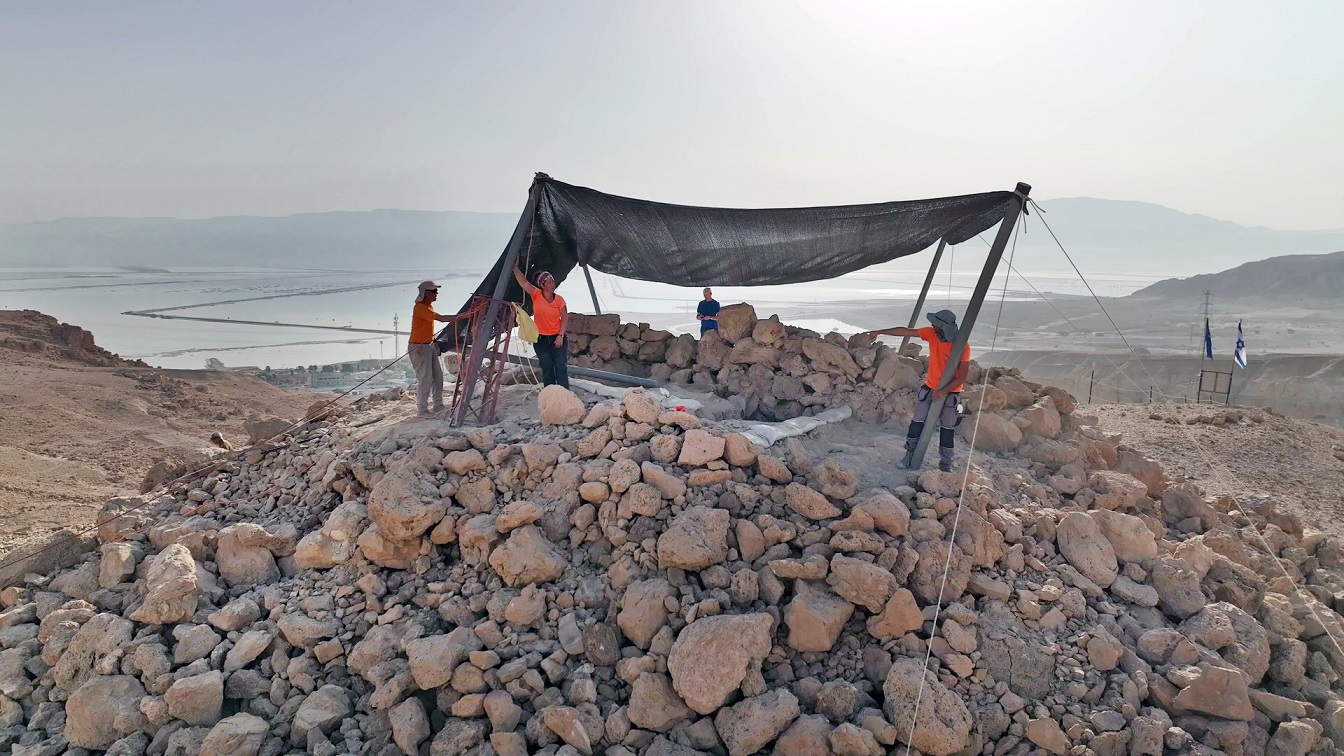
“What we have here is one of the richest and most intriguing archaeological excavations ever found in the Judean Desert,” say Matan Toledano, Eitan Klein and Amir Ganor, excavation directors on behalf of the Israel Antiquities Authority. This pyramidal structure we discovered is huge and made of hand-cut stones, each weighing hundreds of kilograms. Already in the first week of excavation, volunteers have found written historical documents, exceptional bronze vessels and remnants of ancient furniture, which thanks to the desert climate have been preserved in amazing condition. This is a very promising site: new discoveries are being uncovered every moment, and we are full of anticipation for what else the next three weeks might produce! This excavation changes the historical record of the site,“ say Toledano, Klein and Ganor. ”Contrary to previous hypotheses that attributed this structure to the First Temple period, it appears to have been built later, during the Hellenistic period, when the land of Israel was under Ptolemaic rule. We still do not know for sure what the purpose of the building was: is it a watchtower, guarding an important trade route through which salt and bitumen resources from the Dead Sea were transported to coastal ports? Or did this huge mountaintop structure at some point mark a tomb or serve as a monument in ancient history? It is a compelling historical mystery, and to our delight, the public who volunteer for the excavation are our partners in discovering the answers."
“The Judean Desert Survey is one of the most important archaeological operations ever undertaken in the history of the State of Israel,” says Eli Escusido, director of the Israel Antiquities Authority. The discoveries are exciting and even thrilling, and their significance for archaeological and historical research is enormous. Right now, just before Passover and with the beginning of spring, I invite the people of Israel to come and participate! In such a difficult time as we are experiencing, a few days of staying and discovering in the Judean desert offers a connecting and uplifting experience for all."
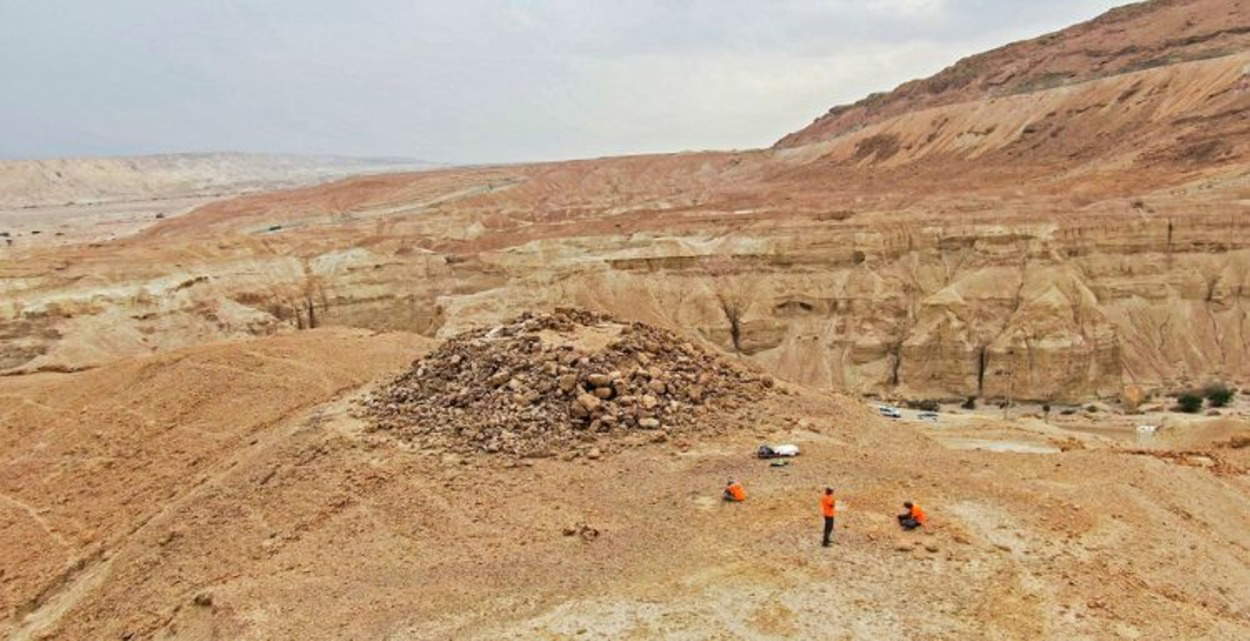 |
| 2,200-year-old pyramid discovered in Judean desert |
Warning: the translation into English of the original Italian article was created using automatic tools. We undertake to review all articles, but we do not guarantee the total absence of inaccuracies in the translation due to the program. You can find the original by clicking on the ITA button. If you find any mistake,please contact us.





